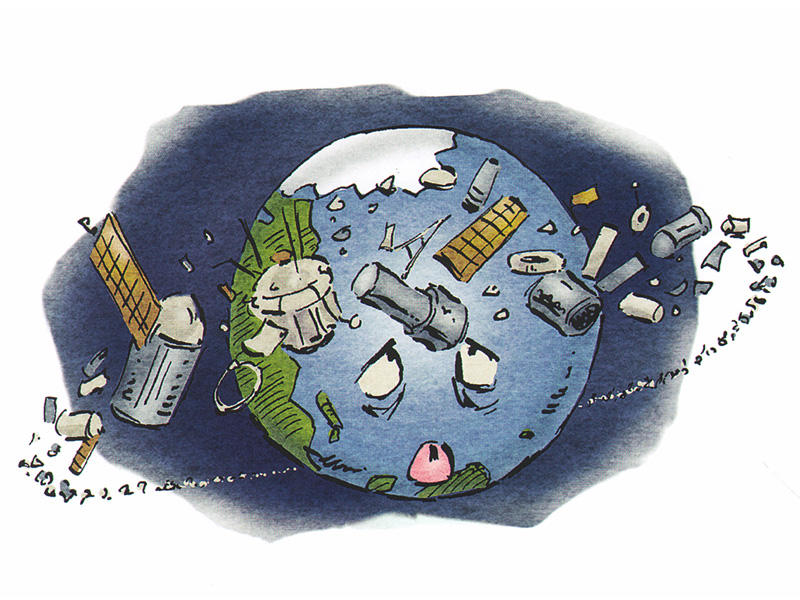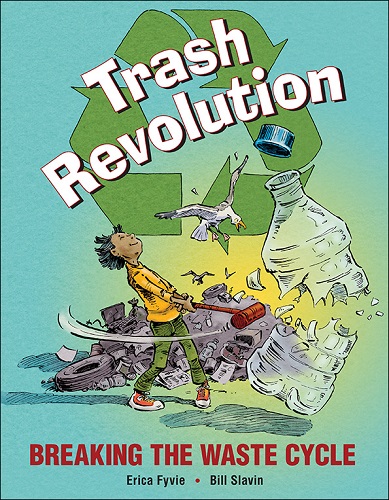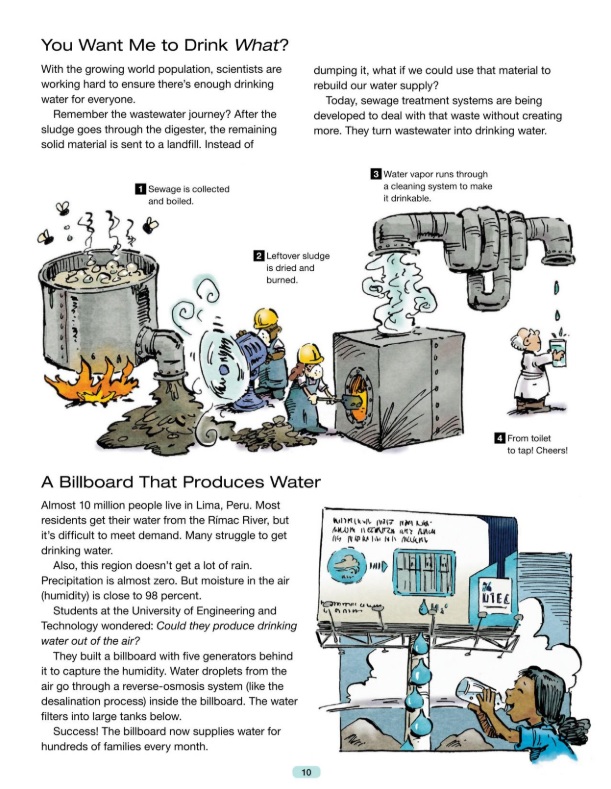
Spring, so long-awaited, is finally here! And with those first warm rays of sunshine in our cities, comes the dirty slush, seemingly everywhere and impossible to get through. Trash, accumulated over the winter, peeks out from under the melting snow.

Why does this scene recur from year to year? Is there no way to save ourselves from the muck? Of course there is. Urban design is the science of solving city problems. If you’ve never heard of urban design, it’s no wonder, because when there’s construction and city planning underway, urban designers are rarely invited to consult. That explains why, instead of the clean and dry city we could have, we see trash and mud, along with puddles that you’d need a rubber boat to cross.
A modern city brings together a huge variety of infrastructure, each with its unique advantages and potential drawbacks. Urban designers study the things that can go wrong and how to avoid them. Take trash, for example. Waste is one of the biggest challenges facing humanity. In Russian cities, we don’t have a very efficient system for sorting or storing trash before it’s removed. One look at the garbage collection area by the average building and you’ll know exactly why we need urban design. Still, establishing new standards for waste management doesn’t depend on urban designers alone. Solving issues like this requires close cooperation between city officials, ecologists, economists, and other specialists. All this work is explained in Trash Revolution: Breaking the Waste Cycle by Erica Fyvie [English edition: Kids Can Press, 2018. ISBN 9781771380782].
The amount of material gathered in the book is incredible. The author describes problems, potential solutions, and the prospects for developing particular sectors in waste management and recycling. Fyvie considers many types of waste: electronics, paper, food, and clothes, among others.
The information is organized so that it’s compact and readable. It begs to be read in one sitting. Visually, the book draws you in, with the illustrations [by Bill Slavin] woven into the text. Nearly every paragraph is illustrated. Whether the author is describing wastewater treatment or homemade cloth, the text comes with step-by-step images depicting the process. There are many illustrations and they take up a huge part of the book. My younger brother and sister examined the pictures for a long time with great interest. Although I personally prefer text, I have to admit books illustrated like this draw kids in like a magnet.

Image: kidscanpress.com
I liked how thoroughly the book addresses each issue. It details how something is produced, what you can do with it once it’s been used, what challenges there are when it comes to proper disposal, and what will happen if we don’t bother recycling the item. The author also suggests ways a child can take on today’s issues, what she can do right now for a greener future, and which choices will make real changes.
As I read this book, I was amazed by how far technological progress has come when it comes to environmental protection. Waste can be made into fuel, clothes, or bricks. What we used to throw out or burn can now make people’s lives easier and help us save money and resources. There are constantly new innovations for keeping city streets clean and preserving our environment and nature.
It was difficult to accept that there’s a long way to go before we see these technologies. On the other end of the world, waste gets sorted and placed in underground storage areas for further processing. Meanwhile, in my neighborhood, the best case scenario is that it gets placed in the dumpster. From there the litter gets scattered across the city. There’s only one way to change things—take the ideas from books like Trash Revolution, reevaluate the way you see the space around you and start acting on your beliefs, and get younger people interested and involved. Only then will we have hope for change and our dirty, poorly-designed cities can with time become clean and more livable.
Bogdan Ivanov, 16
Translated from the Russian by Alisa Cherkasova
Book cover image: kidscanpress.com
This article was originally published in 2018
Follow us on Facebook.
